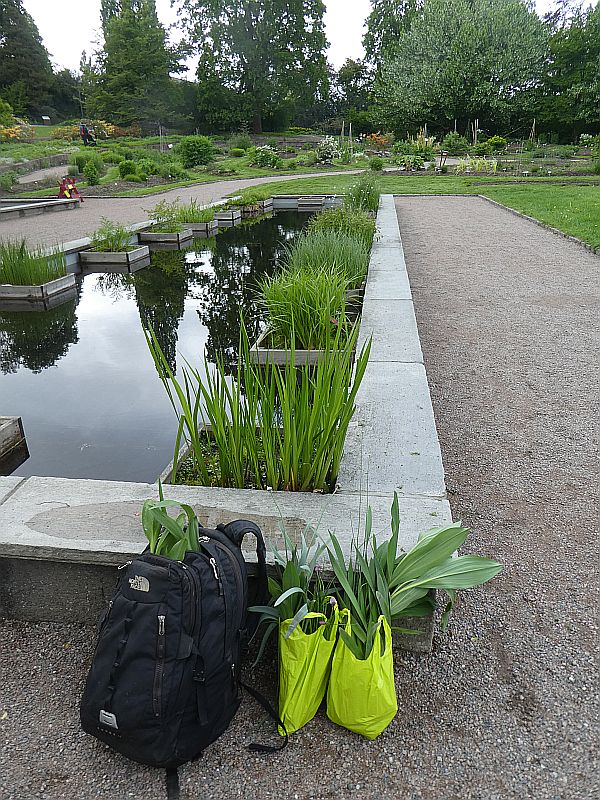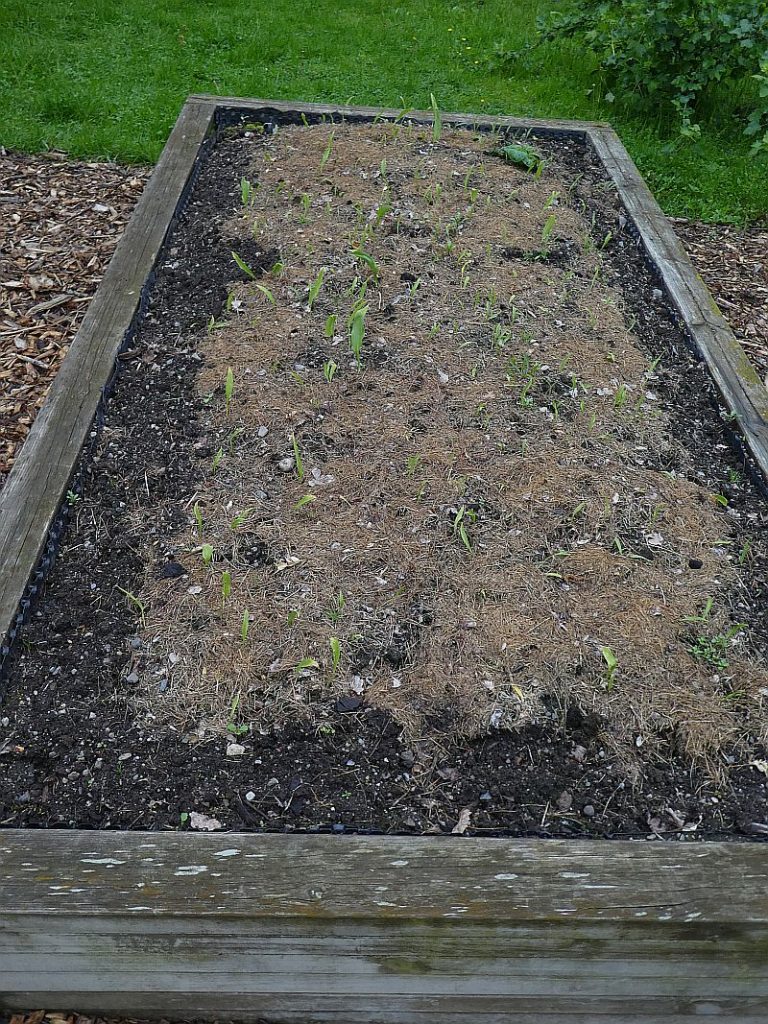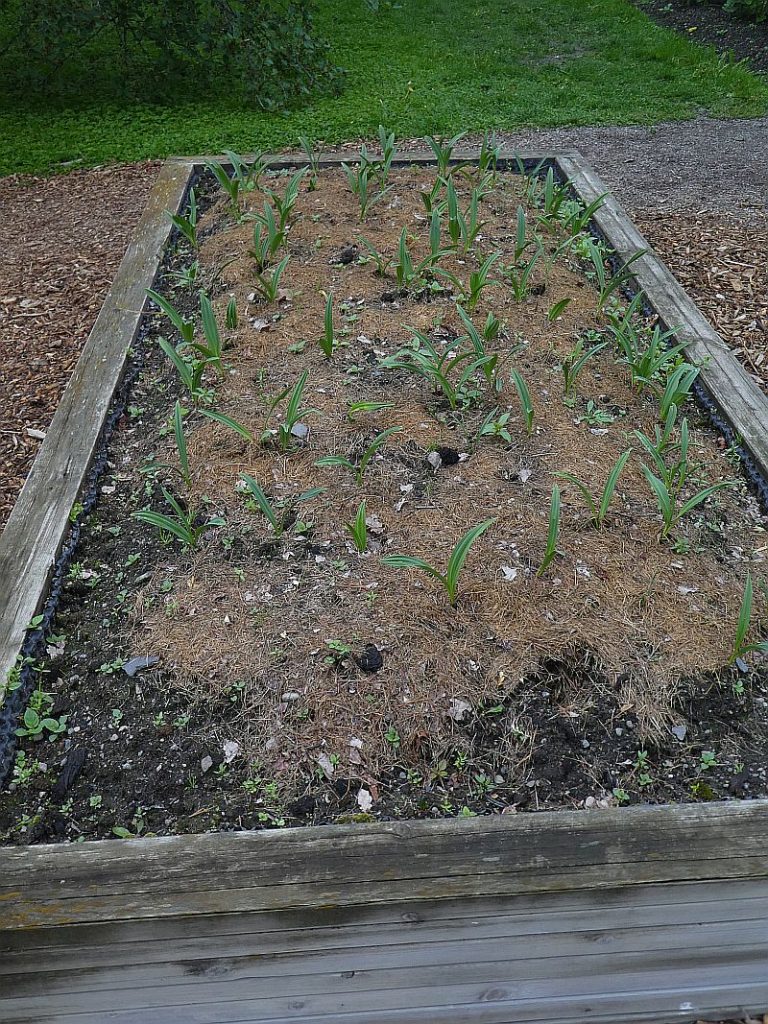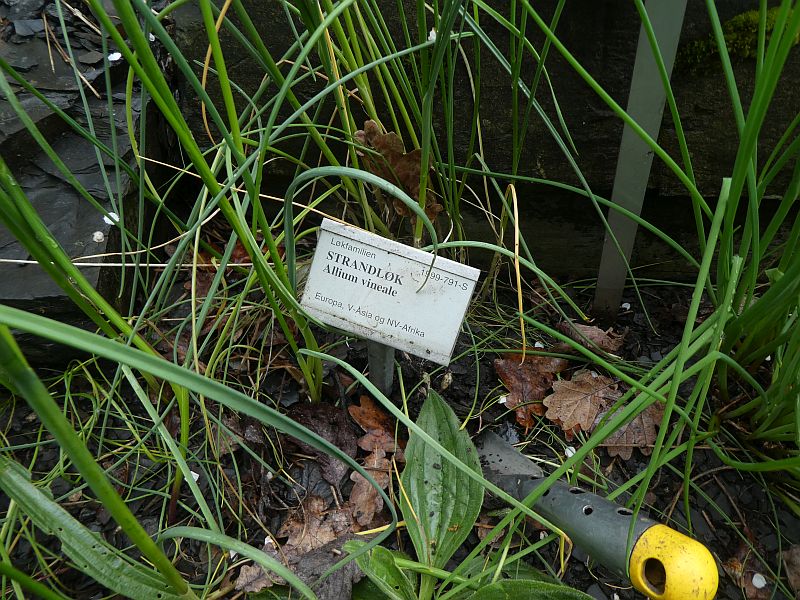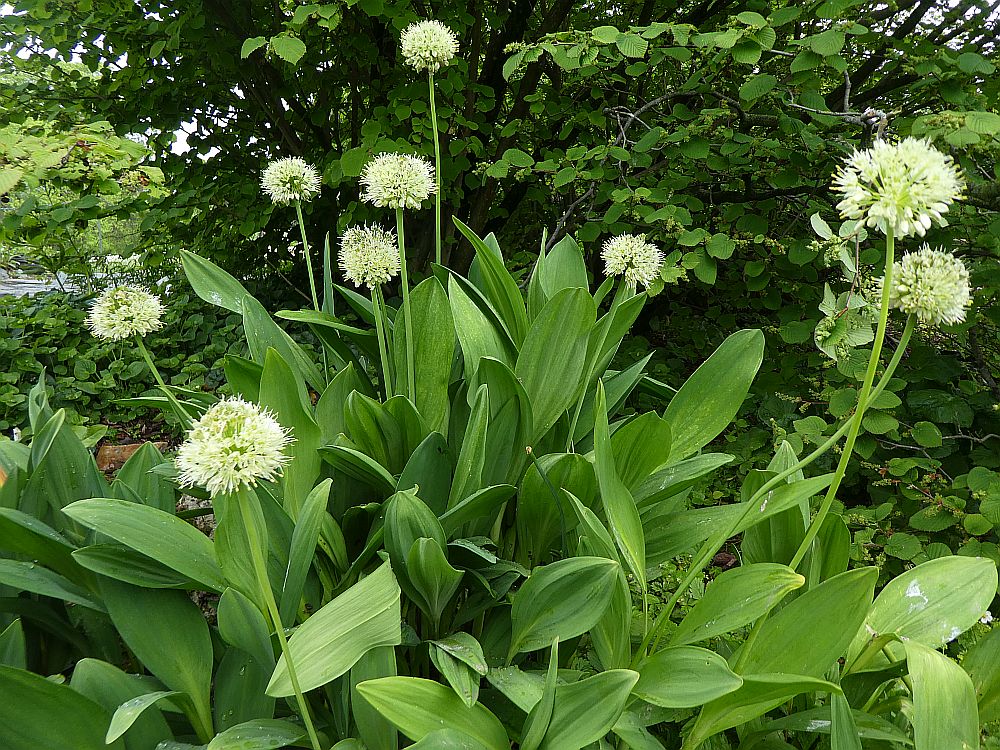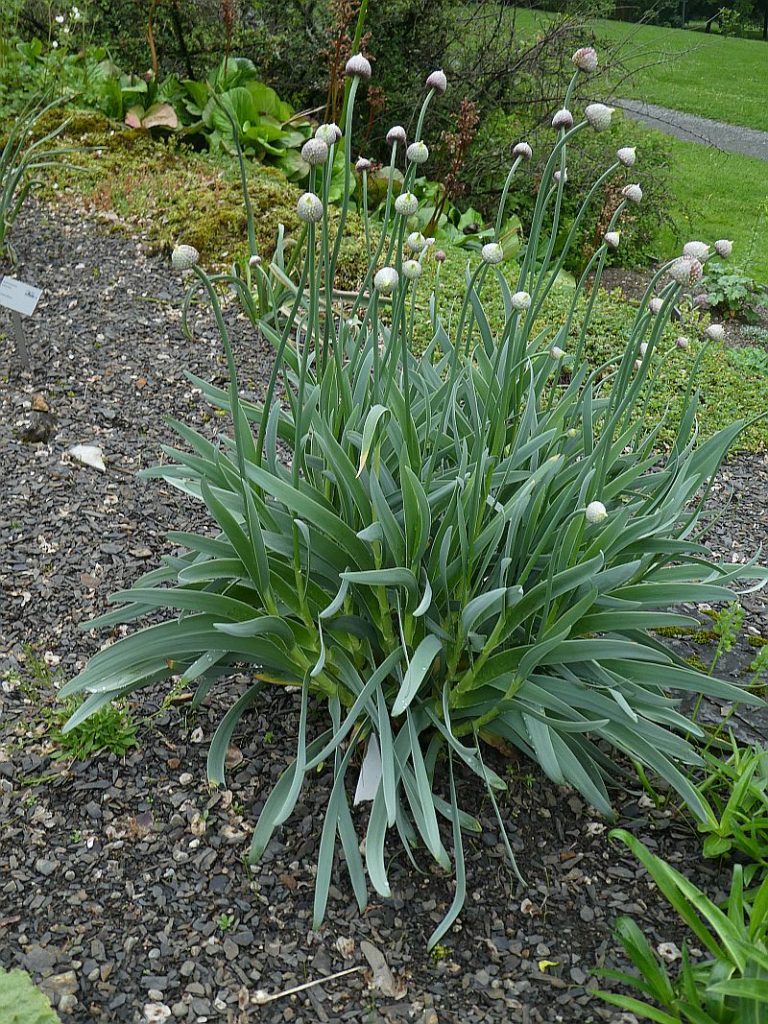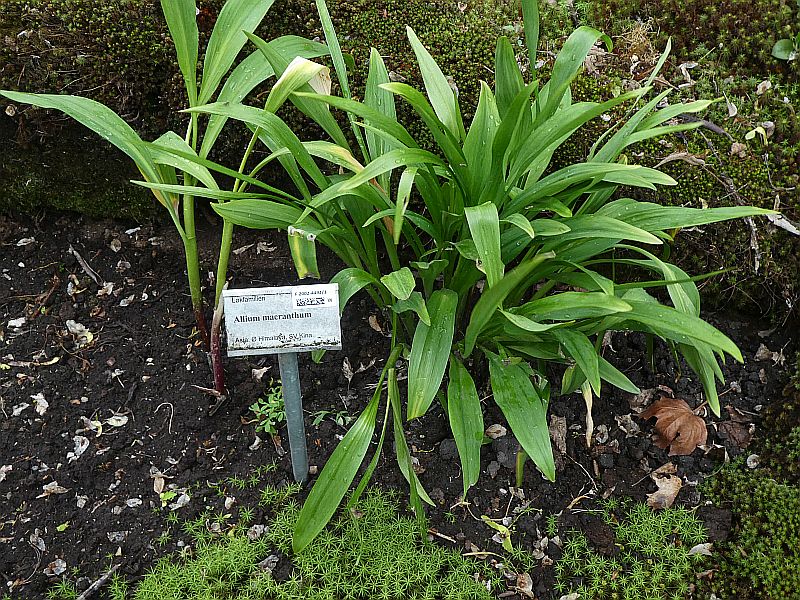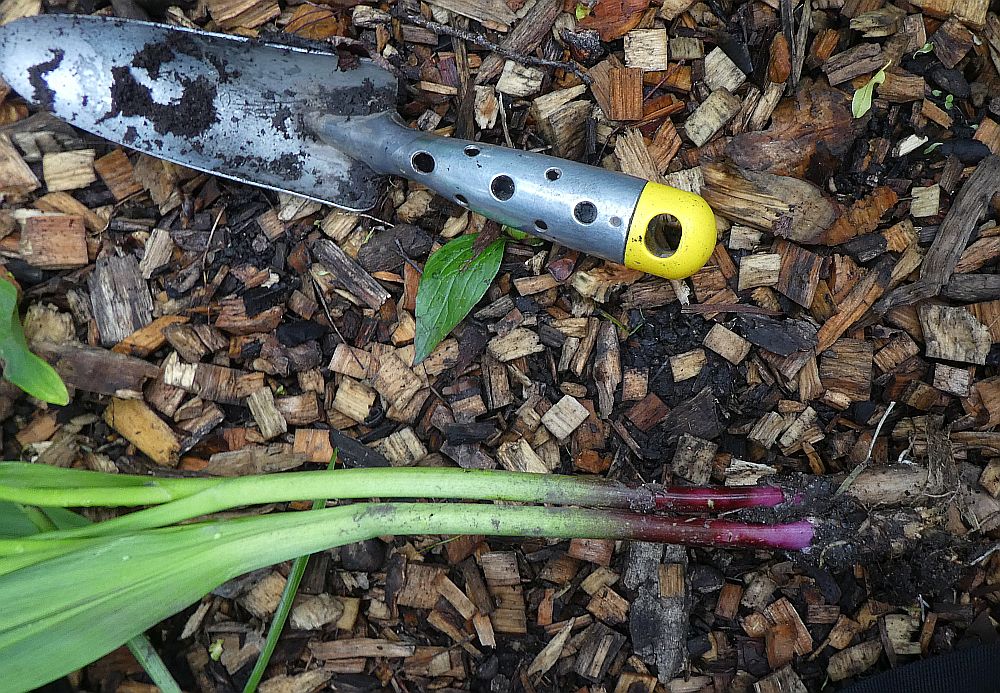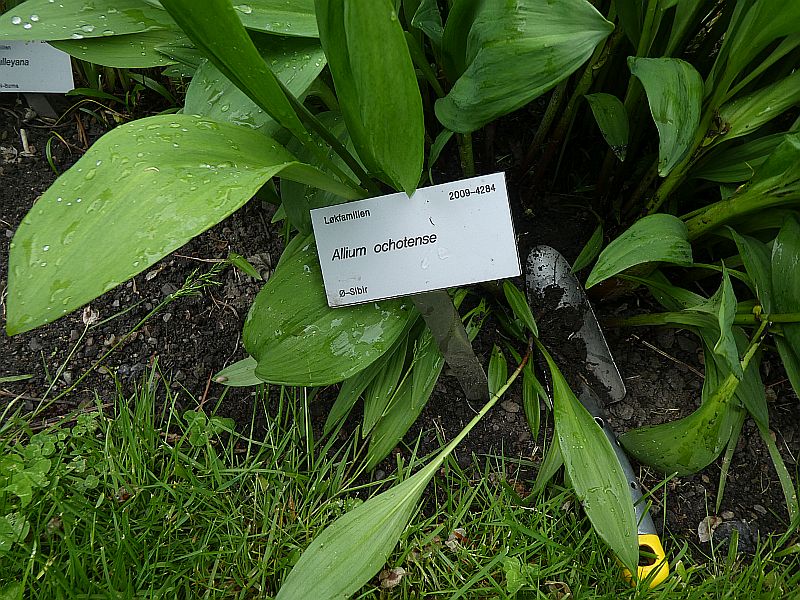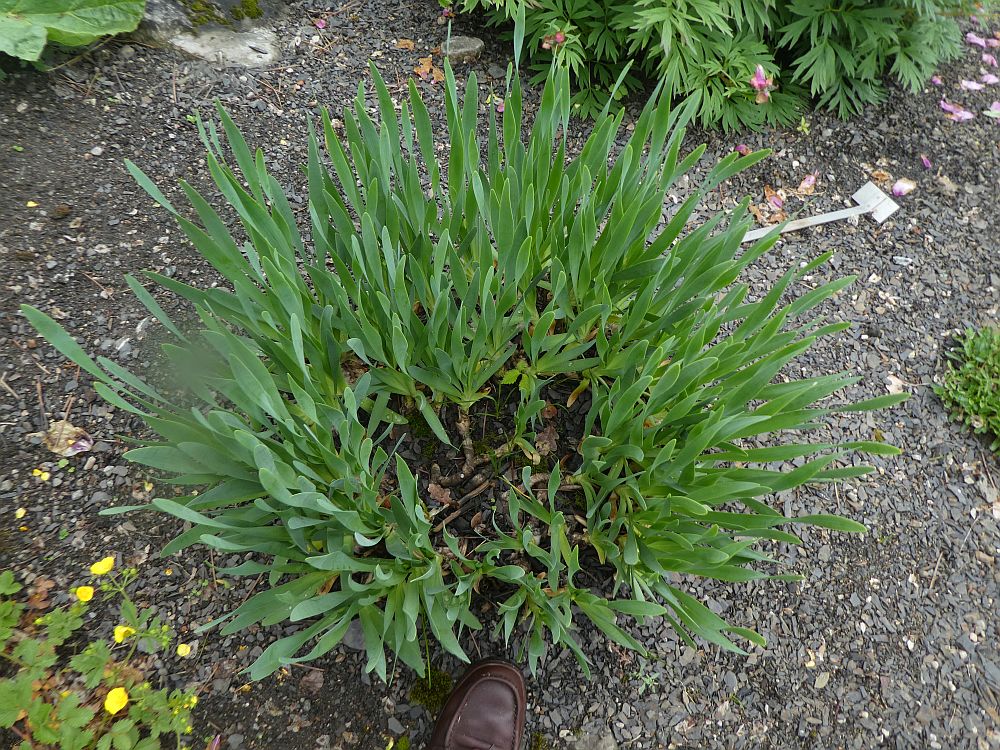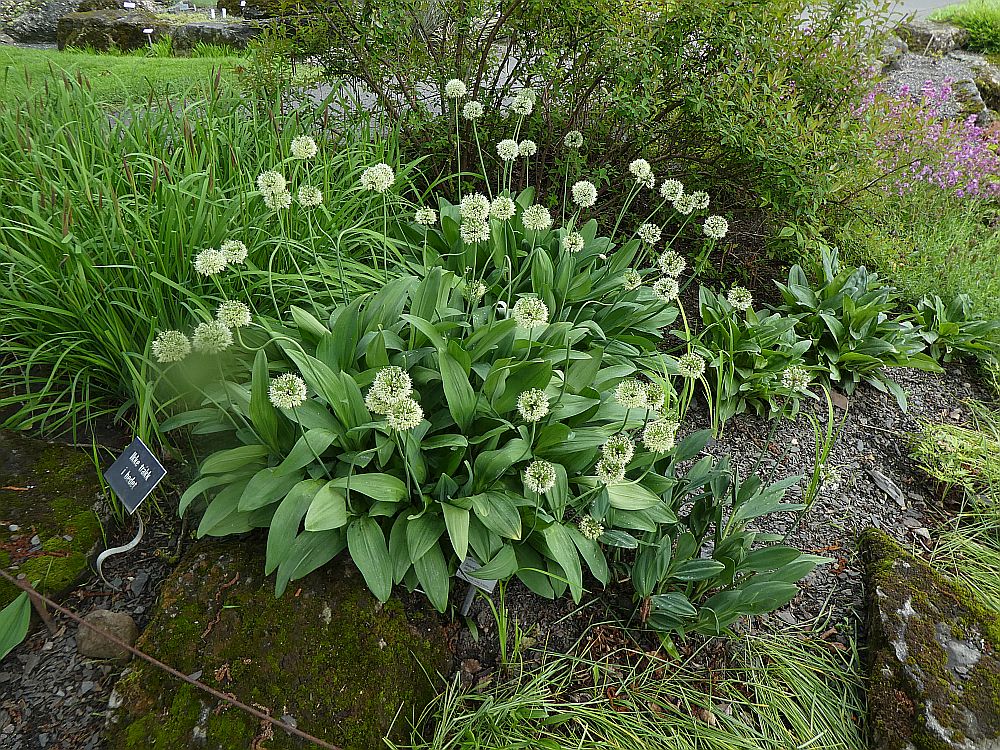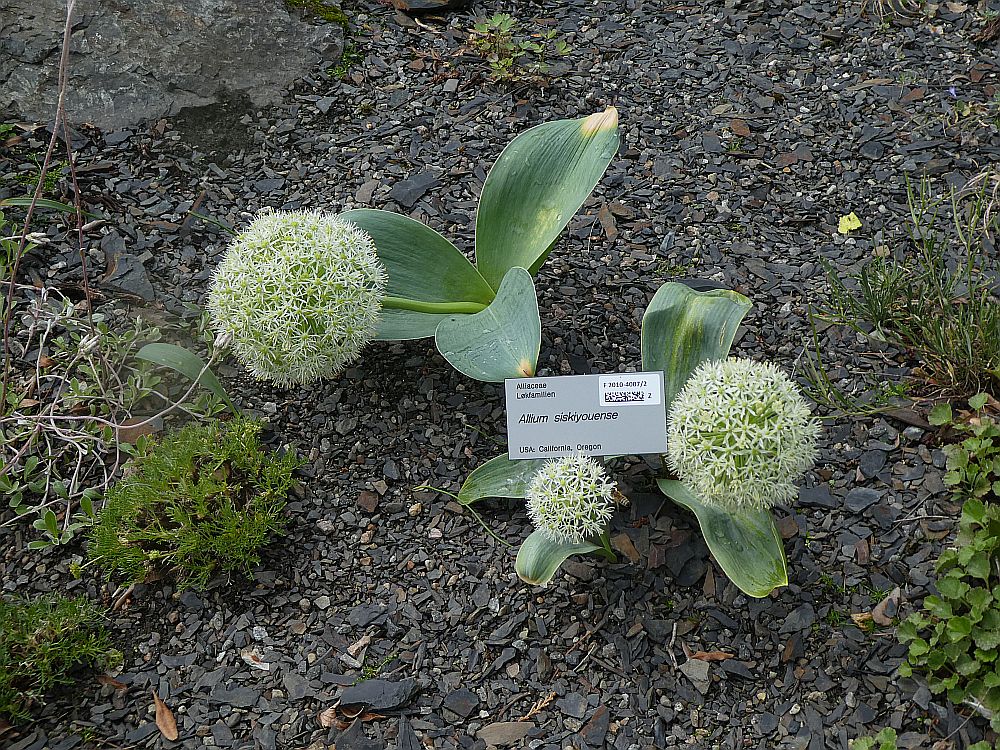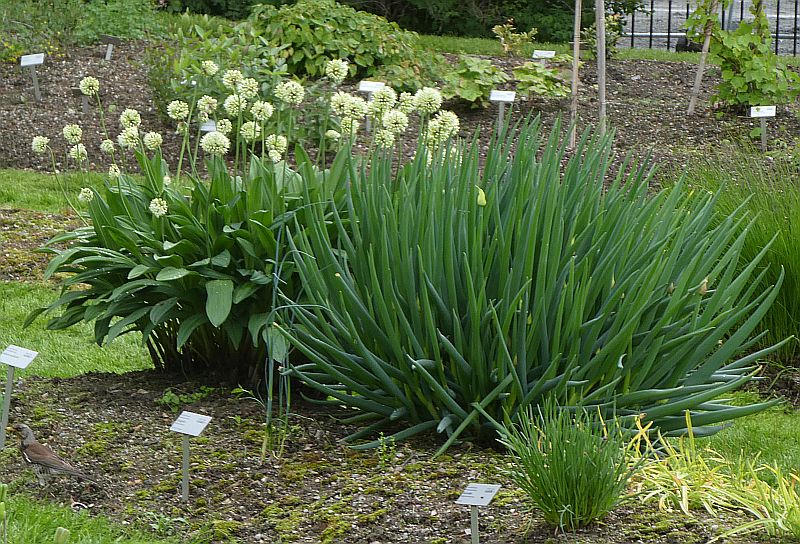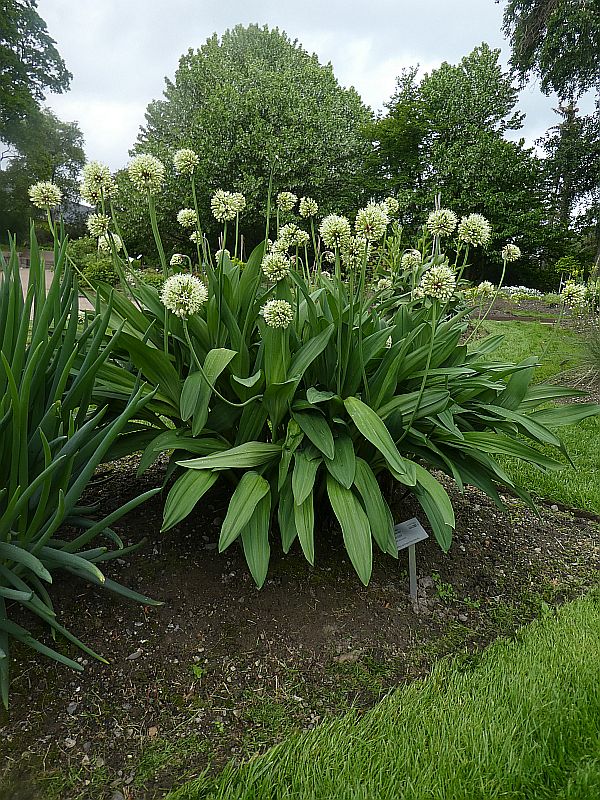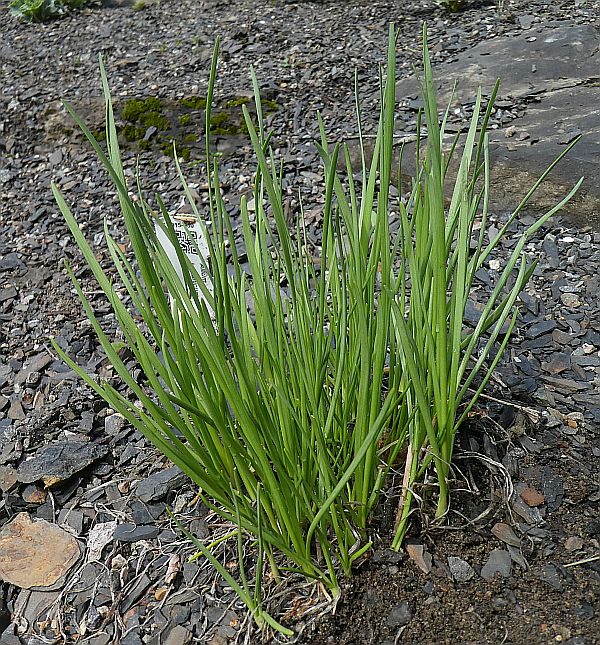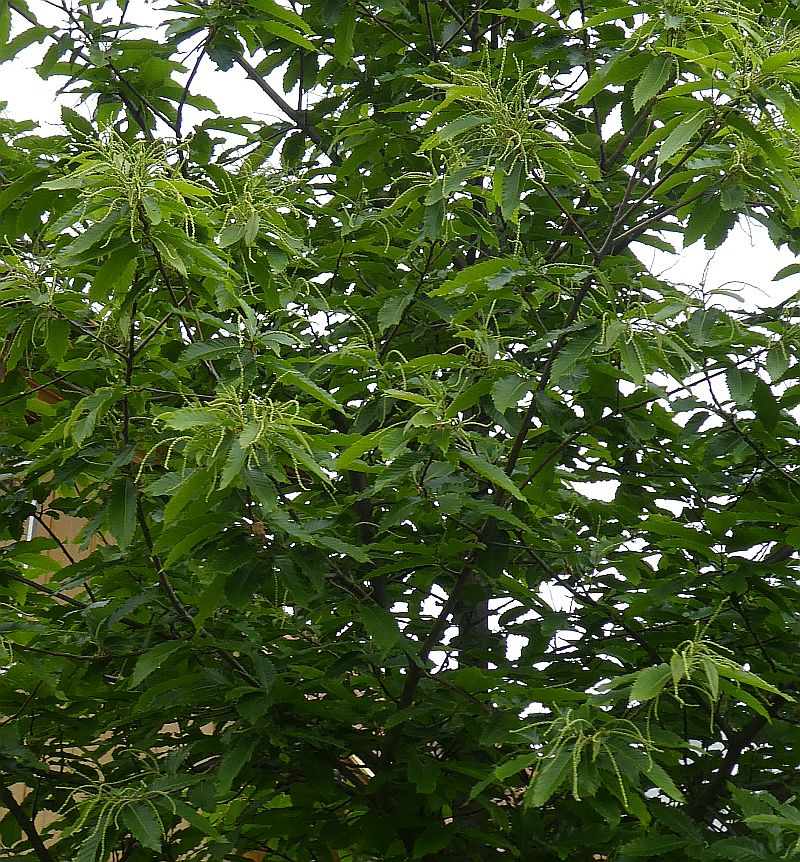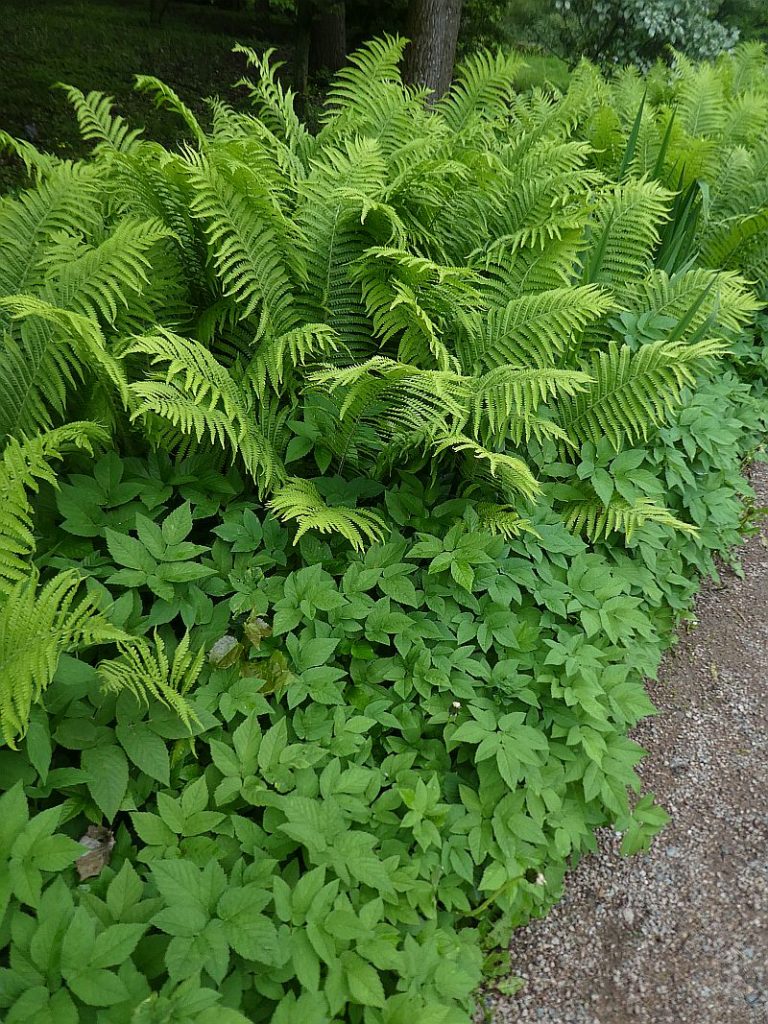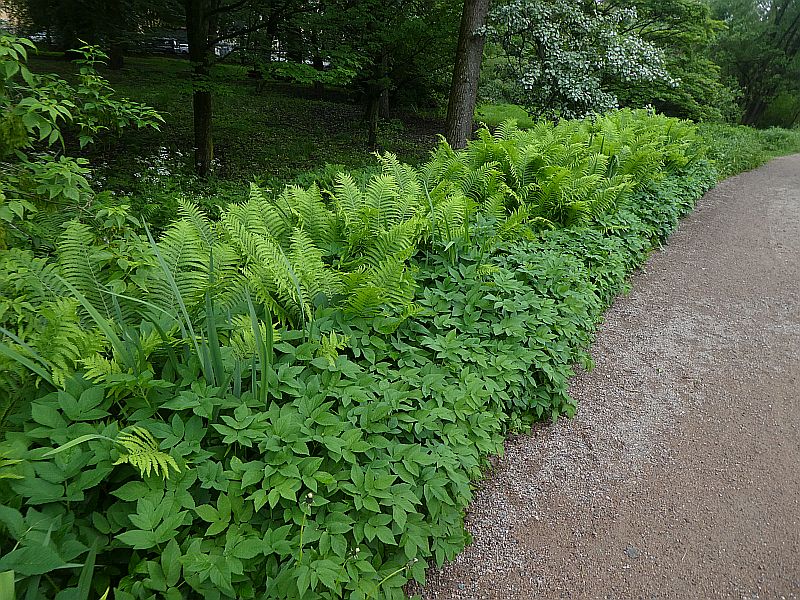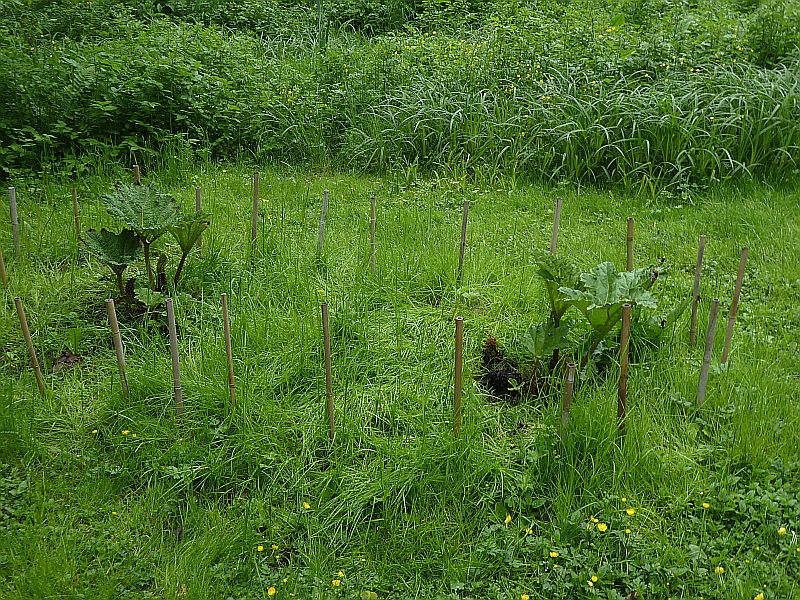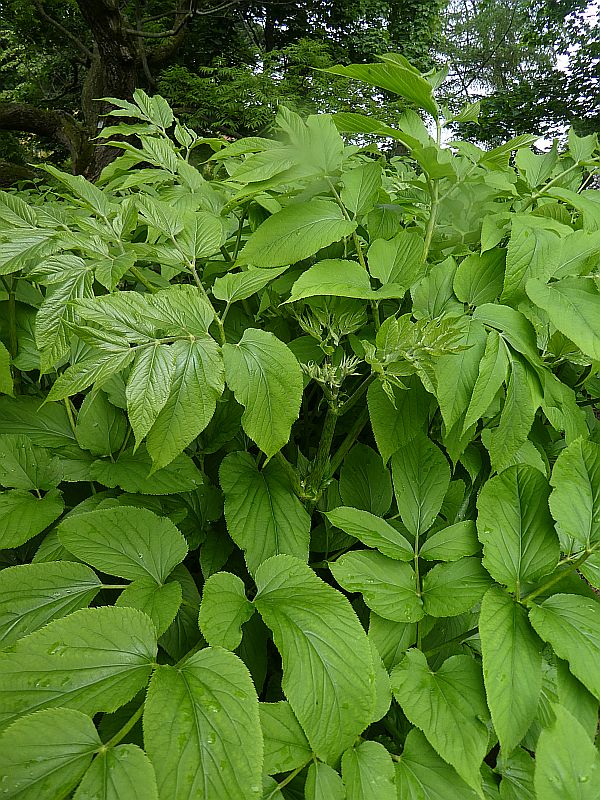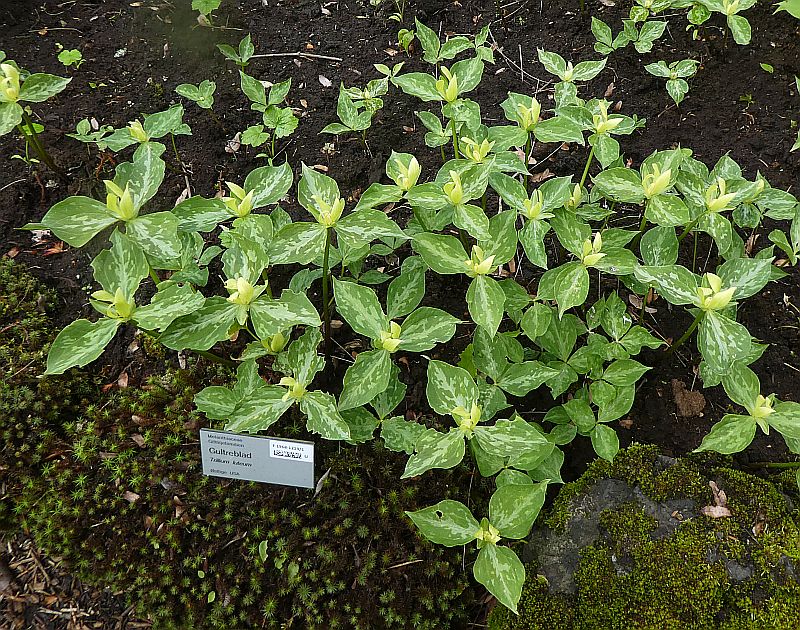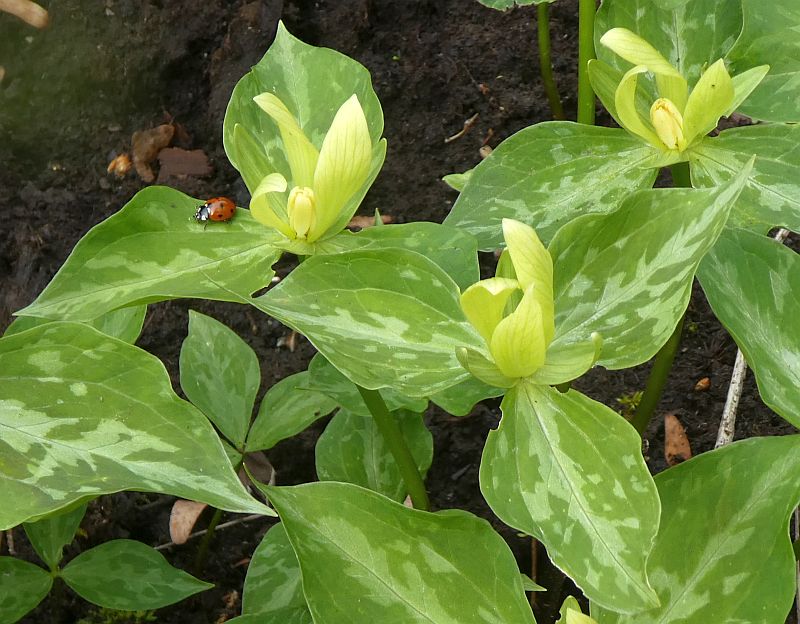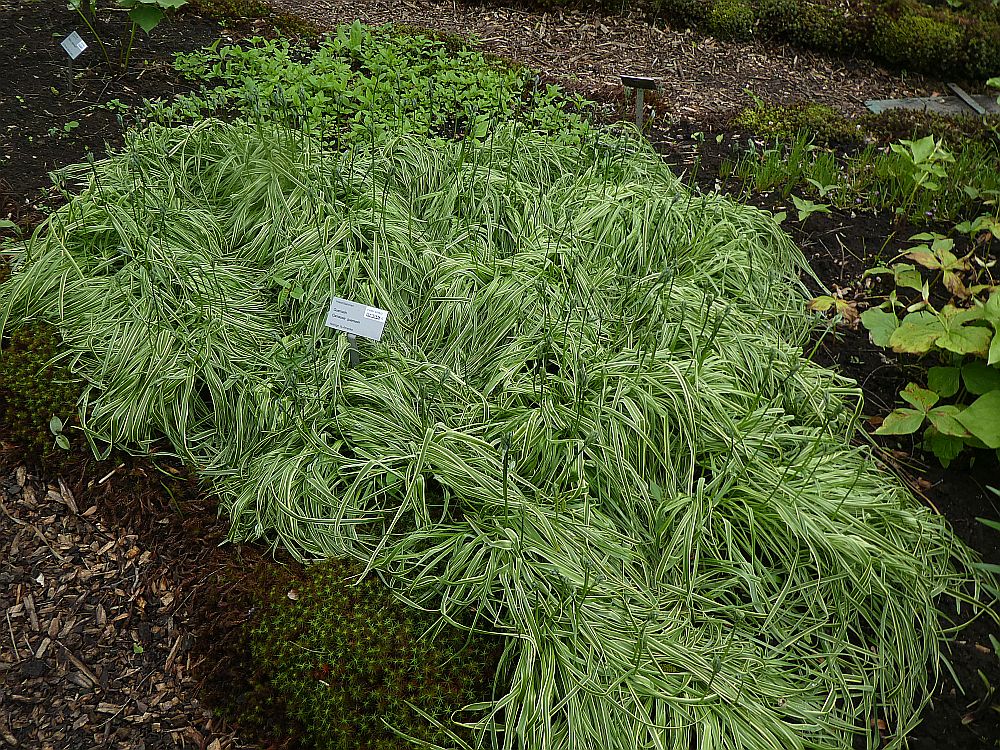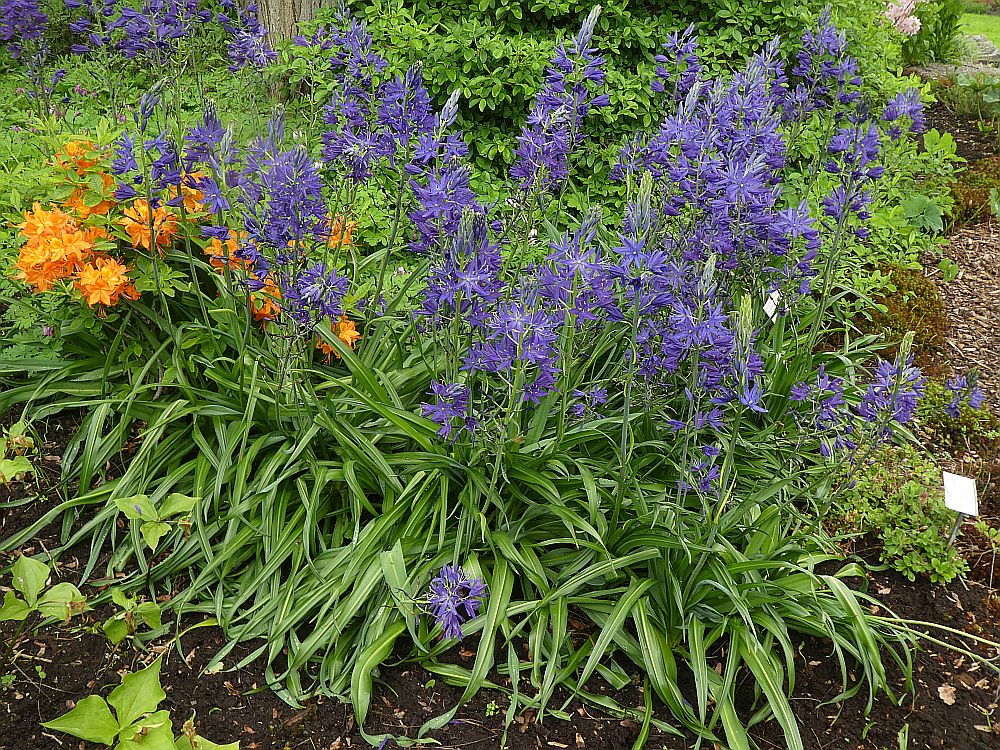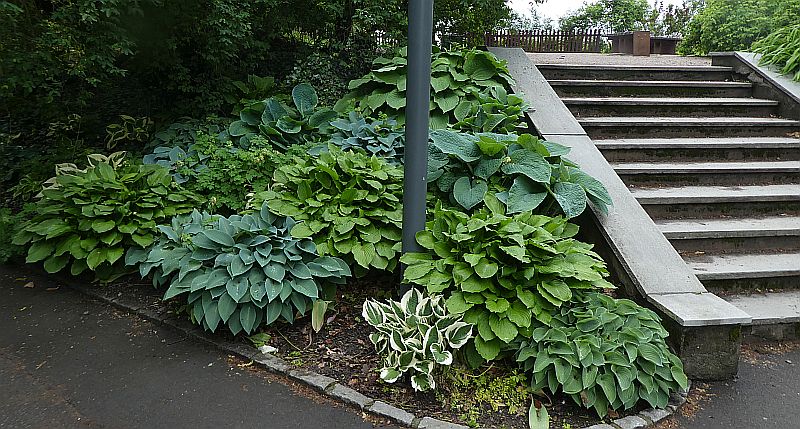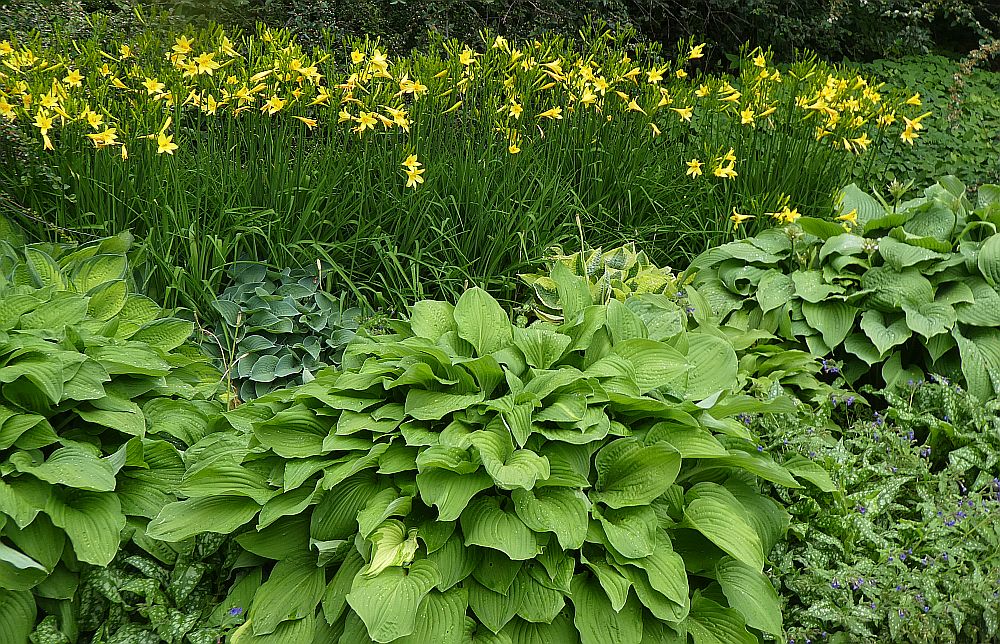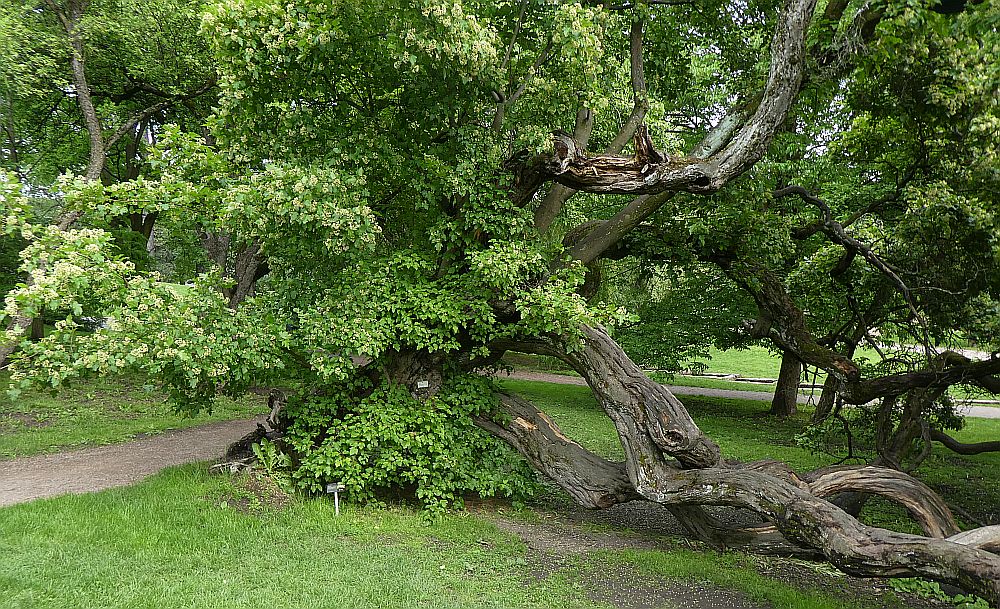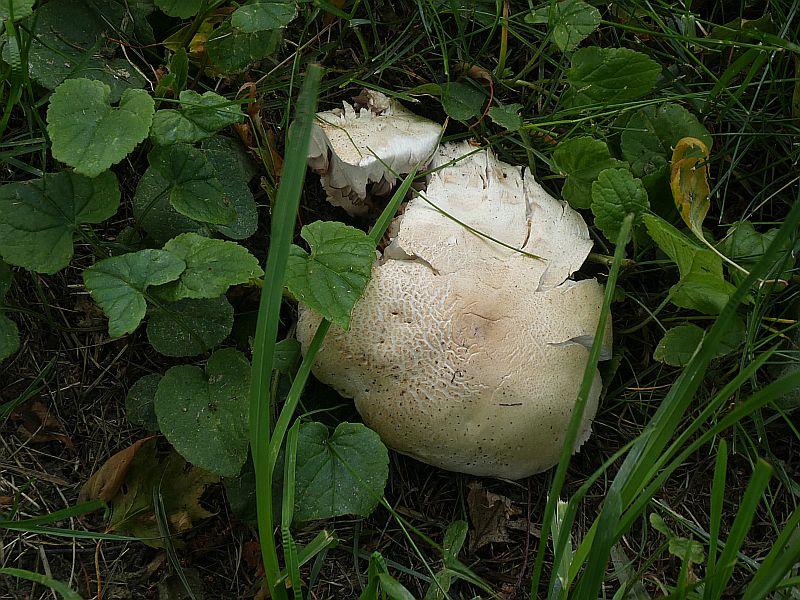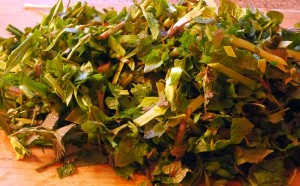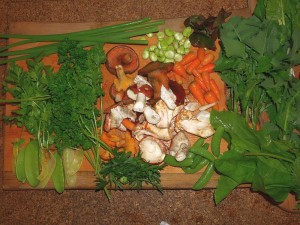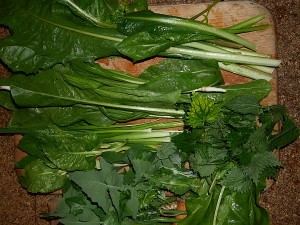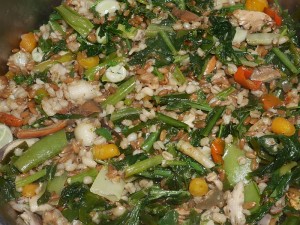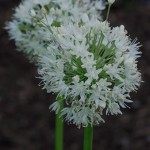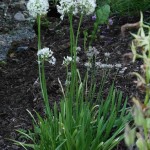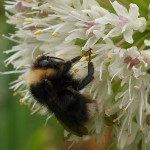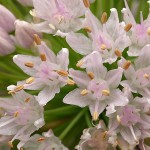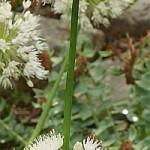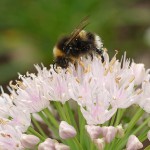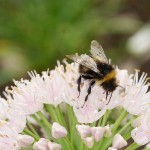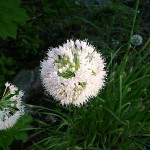Yesterday’s harvest mostly from the garden (blanched dandelions and horseradish from the cellar):
Ground elder (skvallerkål)
Lesser celandine (vårkål)
Perennial kale (flerårige kål)
Seombadi (Dystaenia takesimana)
Dandelion (løvetann)
Allium x proliferum (walking onion / topset onions; luftløk)
Allium scorodoprasum (rocambole; bendelløk)
Allium nutans
Horseradish (pepperrot)
Ground elder (skvallerkål)
Lesser celandine (vårkål)
Perennial kale (flerårige kål)
Seombadi (Dystaenia takesimana)
Dandelion (løvetann)
Allium x proliferum (walking onion / topset onions; luftløk)
Allium scorodoprasum (rocambole; bendelløk)
Allium nutans (pepperrot)
Hablitzia tamnoides (stjernemelde)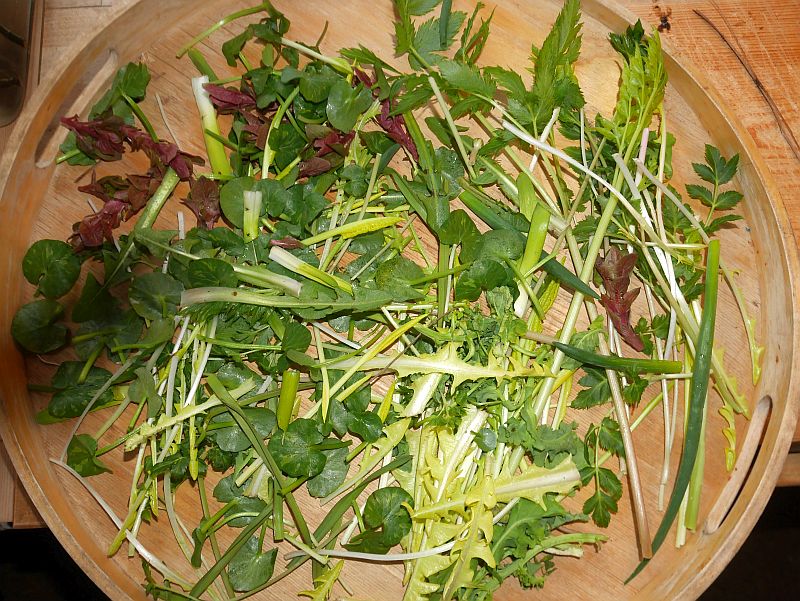
Tag Archives: Allium nutans
Perennial pizza

Perennial pizza

Oslo Allium Raid
12th June: Added pictures of a few more edibles!
Om Norrlandsløk / Norrland Onion
Jeg har tidligere skrevet om Norrlandsløk i min bok Around the World in 80 plants. Dette er en spennende storvokst flerårige løk som er funnet i hager i Nord Sverige og en fantastisk matløk, spesielt for kalde strøk (planten kan dyrkes overalt i Norge)! Dette var den første løk som kom på plass i Ringve Botaniske Hagens ny Allium-hage i Trondheim (se http://www.edimentals.com/blog/?p=13525). Takket være et grundig arbeid av en ung svensk student Erik de Vahl vet vi mye mer idag om hvordan denne løken sannsynligvis ble til og fant veien til min hage i Malvik i 2004 via Harstad og Burträsk i Nord Sverige! Dette ble en spennende reise for de Vahl ikke bare nord i Sverige, men også til et «soldattorp» i Västmanland, en benidiktinarkloster og til den store svenske genetikeren Albert Levans som jobbet fra 1929 til 1950-tallet med hybridisering av løk. Derfor har jeg oppdatert historien fra Around the World in 80 plants med ny viten i vedlagt artikkel:
English summary: I have previously written about Norrland Onion in my book Around the World in 80 plants, an exciting productive perennial onion found in gardens in northern Sweden! This was the first onion that was planted in the new Allium garden at Ringve Botanical Garden in Trondheim (see http://www.edimentals.com/blog/?p=13525). Thanks to the thorough work by a young Swedish student Erik de Vahl, we know much more today about how this onion found its way to my garden in Malvik in 2004 via Harstad and Burträsk in northern Sweden! It was an exciting journey that de Vahl enravelled taking him not only to the north of Sweden, but also to a “soldier’s croft” in Västmanland, a benedictine monastery and to the great Swedish geneticist Albert Levans who it turns out worked from 1929 to the 1950s with the hybridization of onion species. Therefore, I have updated the story from Around the World in 80 plants with new knowledge in the attached article! I will hopefully later translate this to English.
Ragged Jack kale and Siberian onion sourdough pizza


2nd May Abundance
Barl-ryotto
Parsley, coriander, golpar (Heracleum maximum seed spice), 3 types of pea, baby carrots and broad beans, red mitsuba, 3 types of chicory, common sow thistle (Sonchus), saffron milk caps (matriske), hedgehog fungus (piggsopp), chanterelle (kantarell), Russula spp. , garlic, chili, nettle (variegated), swiss chard (mangold) and Allium nutans…
To sign up for dinner for two at my place, please sign up below ;)
Allium flavescens?
I received seed of this a few years ago from my friend Hristo Hristov in Bulgaria under the name “mountain slizun” He wrote: “The woman who sent them to me is not an avid collector, so I highly doubt she knew it’s Latin name. I guess the seeds were collected near her city in Kazakhstan (map of the collection location: http://tinyurl.com/hdt5pk6)
Slizun is Allium nutans, but the name she called it could be just how she calls it”
Based on pictures I posted on the Alliorum forum last year,Mark McDonough thought it’s probably a hybrid, although with close affinity to the flowers of Allium flavescens. However, the leaves of my plant are broader than that species. Other possibilities are both Allium senescens and A. nutans both of which are found in Kazakhstan. This year there was some variation in flower colour, one quite pink (I guess I planted several seedlings). Whatever it is, it’s a nice plant.


